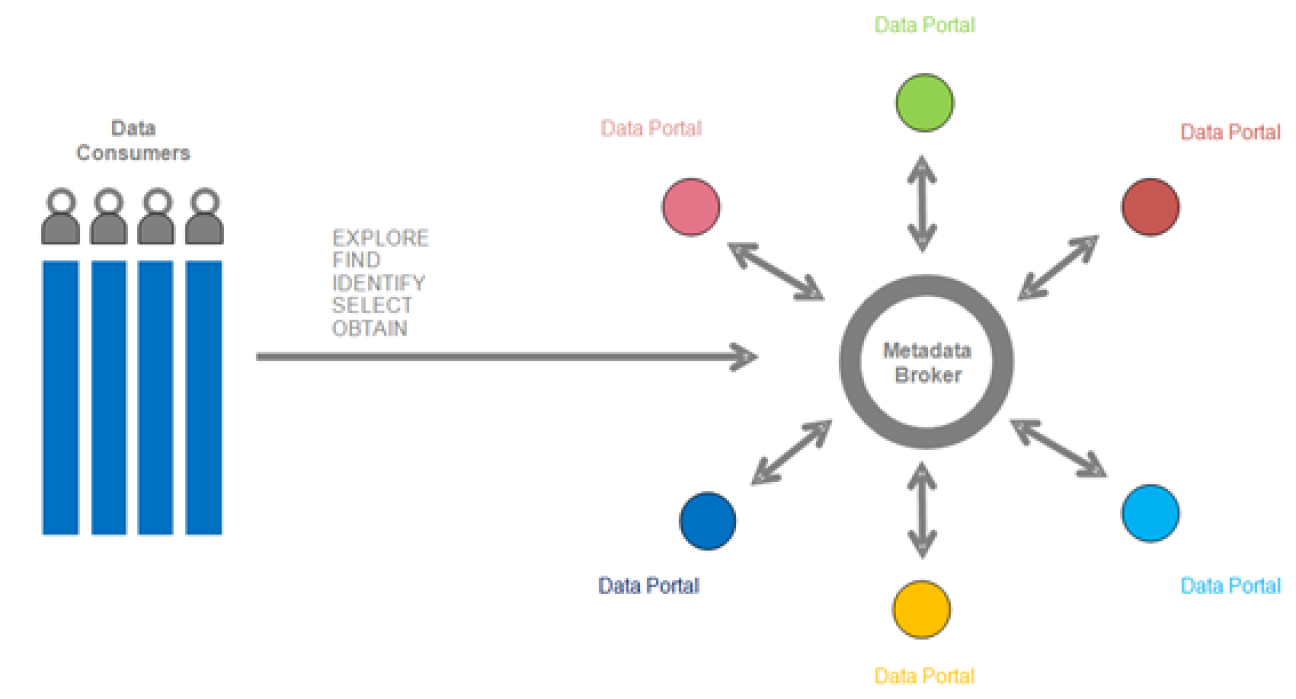| DCAT-AP v3.0.0 is now available |
| DCAT-AP v2.1.0 is now available. |
| DCAT v2.0 is now available. |
| DCAT-AP v1.2.1 is now available. |
| DCAT-AP v1.2 is now available. |
| DCAT-AP technical implementation guidelines are now available. Find out more here. |
| The Change and Release Management Policy for DCAT-AP is available here. |
| GeoDCAT-AP v1.0.1 is available from here. |
| StatDCAT-AP v1.0 is available from here. |
What is the DCAT-AP
The DCAT Application Profile for data portals (DCAT-AP) is a specification based on the Data Catalogue vocabulary (DCAT) for describing public sector datasets in Europe. Its basic use case is to enable cross-data portal search for data sets and make public sector data better searchable across borders and sectors. This can be achieved by the exchange of descriptions of datasets among data portals.
The DCAT-AP was developed by working group of experts following an open collaborative process. The DCAT-AP is a joint initiative of:
- the Directorate-General for Communications Networks, Content & Technology: DG CONNECT;
- the Directorate-General for Informatics: DG DIGIT; and
- the Publications Office of the EU.
Read more on the DCAT-AP community on Joinup.
The latest version of DCAT-AP (DCAT-AP v3.0.0) is available here.

Who is using the DCAT-AP
The projects that are implementing the DCAT-AP can be found at the SEMIC map.
Read more about open data
| Title | Description |
|
May 2018) |
This report investigates the suitability of the DCAT-AP for playing the role of a common agreement for representing and exchanging research metadata both between research data repositories themselves and also between research data repositories and general purpose open data portals. |
|
Towards an open government data ecosystem in Europe using common standards (June 2017) |
This paper describes how a common metadata language, DCAT-AP, was developed and implemented in national data portals and in the European Data Portal (EDP), how implementation challenges can be overcome and which benefits the DCAT-AP brings to data consumers, data providers, portal owners and society as a whole. |
|
Report on high-value datasets from EU Institutions (May 2014) |
This report elaborates on a working definition of what "high-value dataset means". This can be used as a guideline for prioritising the publication of government datasets. The definition approaches the value of datasets both from the publisher's point of view, and the reuser's point of view. |

